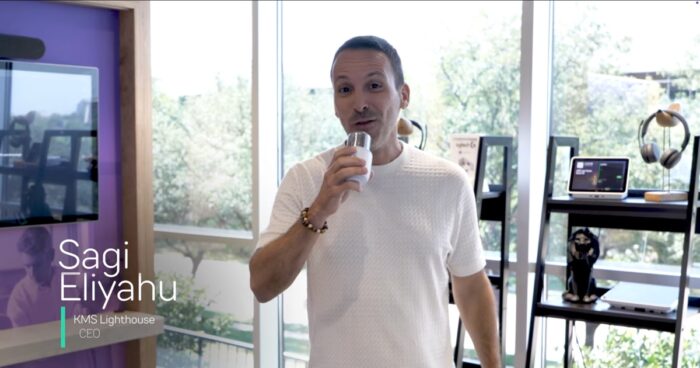Most larger organizations have more than 50 CX metrics they use to measure success. SMBs often have up to 20, including the two most popular:
- Net promoter score (NPS), which shows the percentage of customers who would recommend your brand to family and friends.
- Customer Satisfaction (CSAT) that tracks how satisfied customers are with your products and/or services.
Metrics are extremely helpful in learning how well your CX strategy is working, but there are other steps to be taken as well.
How to Measure CX
Most CX success metrics fall into the same, often overlapping, categories: customer satisfaction, customer loyalty, brand advocacy and reputation, product or service quality, and employee engagement. Each organization must define what CX means to it and then decide how to measure it.
Along with NPS and CSAT, these metrics and steps can help you better measure CX success in order to identify and implement CX improvements.
- Customer effort score, or CES, is the third most popular metric businesses use to measure CX. Purely transactional, it typically answers the question, “how easy was it for you to solve your problem today?” The goal here is to make it as simple as possible for your customers to interact with your brand. Follow-up surveys that are brief and to-the-point, i.e., “Easy, Difficult, Neither,” can supply valuable actionable data so things can be quickly changed if needed.
- Measure the things your customers care about the most. It’s easy to do but treating customer service (CS) and CX as if they’re the same is not productive. CX should not be measured with CS metrics like average handling time or schedule adherence. Instead, rely on metrics like first call resolution, on-time appointments, and average speed to answer that better reflect the customer’s side of the interaction.
- Customer lifetime value (CLV) is a key stat that measures the total lifetime worth of a customer to your business. With it costing six to seven times more to attract and win new customers, the value of keeping existing ones is well established. If you want to drive growth, paring back customer acquisition costs is a great way to do it. Knowing CLV makes you better prepared to develop revenue-linked strategies that are distinct from customer loyalty and CS.
Happy Employees Lead to Happy Customers
One often neglected CX measurement initiative is employee engagement, which Gartner identifies as a major component in delivering CX improvements. “One of the most important things that businesses must have in place is a happy and engaged workforce,” says Annette Franz, founder and CEO of CX Journey. Franz believes this goal can be accomplished in three easy steps:
- Listen to your employees.
- Hear what they say.
- Involve them in decisions and changes.
The result? Empowered employees, happy customers, and healthy profits.
Customer Success Management
It’s said that the road to failed CX experience programs is paved with good intentions. Fortunately, if your organization is like most, it’s probably defined at least some CX success criteria. Translating these goals into measurable KPIs, though, is challenging, particularly in light of the huge volume of complex data that may be stored in disparate systems across different parts of your organization.
CX is all about delivering the right answers at the right time. Whether your CX program is big or small, measuring the success of your CX strategy is non-negotiable. Good knowledge management solutions deliver the data you need to understand which CX strategies are working and which ones could do with some improvement. It’s the surest way to improve loyalty and satisfaction in employees and customers alike.



